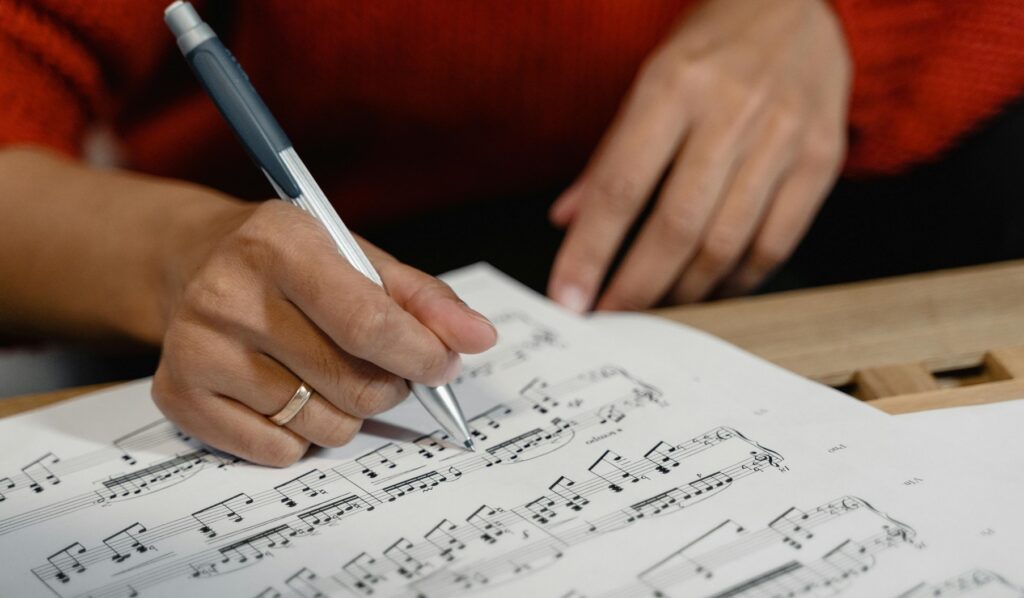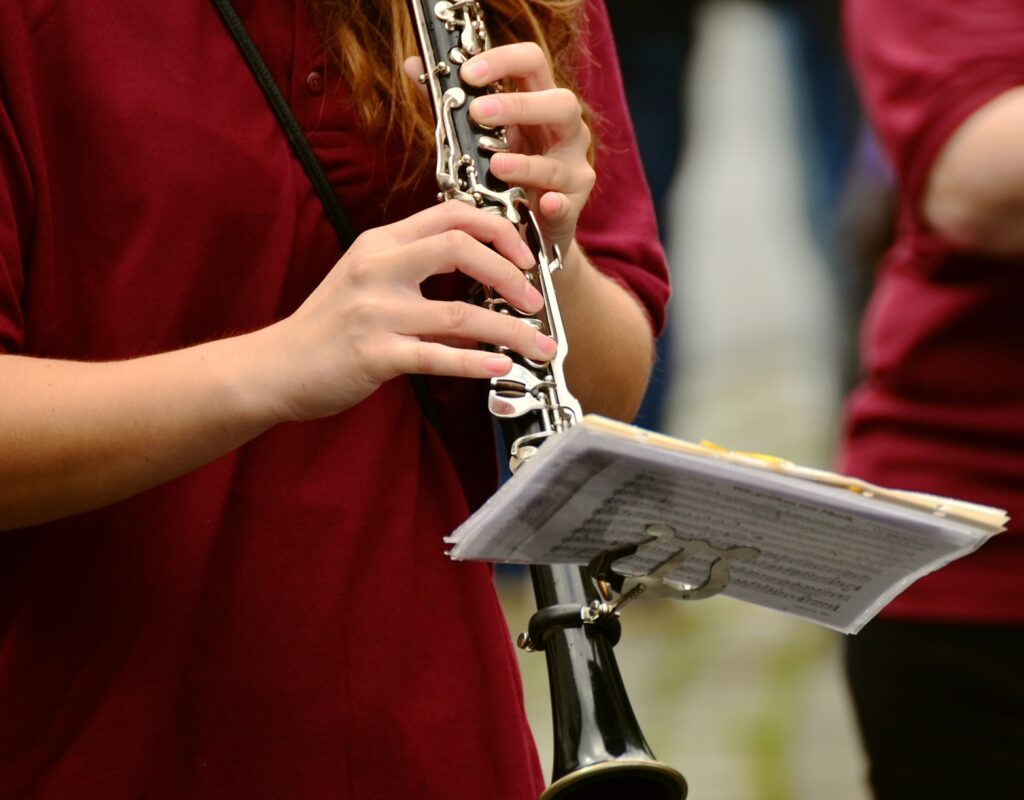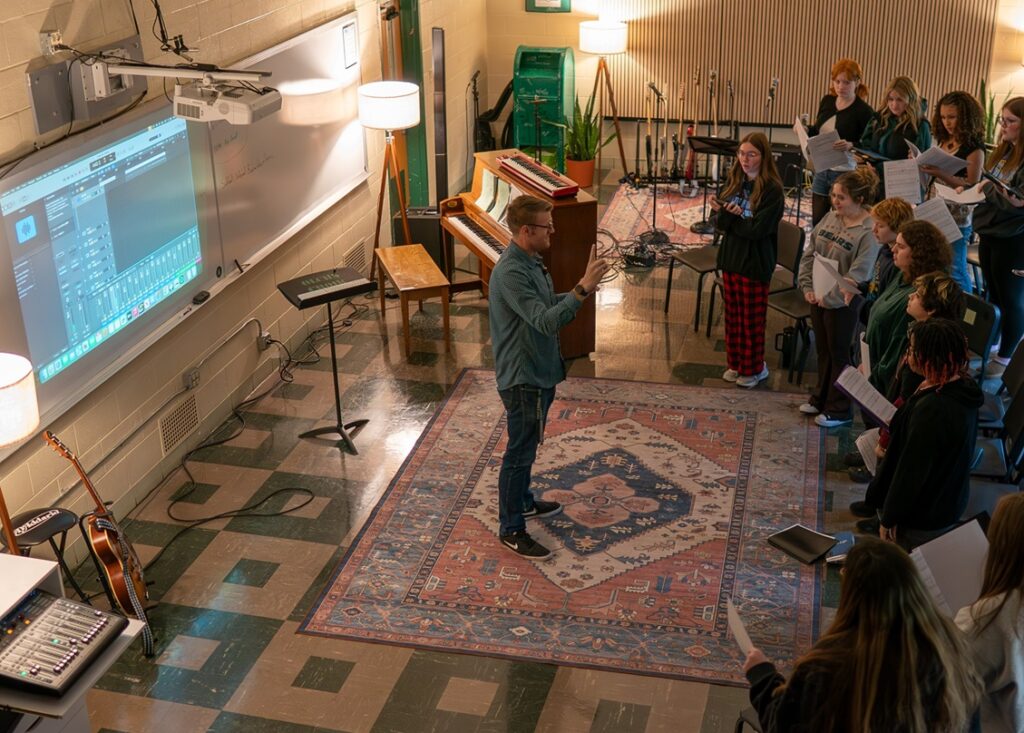Tagged Under:
Technology Tools for the Middle School Classroom
Save time and engage young learners in and out of the music classroom using free apps and web-based programs.
Many technology tools exist to ease your workload and move your music program beyond surviving to thriving.
To ensure success, select resources that align with your goals, improve your efficiency and create new, meaningful opportunities to extend and deepen your students’ learning experience.
The following technology tools will make a big difference for your group, day in and day out.
Organization (Google Slides or Powerpoint)
Successful music directors identify the rehearsal objectives, have a plan for accomplishing them and share this information with the students. The warm-up and rehearsal plan and any other pertinent information can be included on a “daily rehearsal slide,” created using Google Slides or PowerPoint. Display the slide as students are entering the room. You can also consider adding a countdown timer to show when rehearsal begins.
Engagement (Plickers)
Engagement is more than an education buzzword; engagement is the key to unlocking students’ creativity and passion. One way to engage students is by providing meaningful choices that impact their learning.
Technology can help reduce friction in providing student choice. In middle school, pressure (real or perceived) to conform with the group can suppress students’ individual opinions. The free app Plickers can create a safe avenue for expression.
Plickers only requires one smart device with a camera. Students are provided with downloadable, printed cards from the Plickers website. Each card has a unique geometric pattern. Students indicate answers to questions by holding up the card with the corresponding answer positioned at the top. The teacher then scans the cards by panning the classroom using the Plickers app and the camera on their smart device.
Plickers also makes it easy to do quick, informal assessments. Teachers can ask true/false or multiple-choice questions with up to four possible answers.
Here are some example questions:
• What is the dynamic we performed for the trio section of the march? (Students choose p, mp, f or ff.)
• Our goal for today was accurate notes and rhythms for the “A” section of the piece. Did the band achieve this goal? (Students indicate yes or no.)
The teacher can then project aggregate responses and other data.
THE YAMAHA EDUCATOR NEWSLETTER: Energize your creativity as you build your music program!
Assessment (Music Annotation with Google Classroom)
Teaching music annotation is a great way to help students pay attention to articulation, dynamics, tempo indicators and key signature changes. Following a step-by-step guide, students notate elements directly on their sheet music and submit a picture of their homework using Google Classroom.
The Doctopus add-on for Google Sheets and Goobric web app work together to provide an efficient method to provide feedback on this kind of assignment. These tools allow the teacher to open each student submission with a rubric open in the same window. Grading is simply clicking on the level of performance for each component on the rubric, then moving on to the next student response. Doctopus also allows for both text and audio comments.
Communication (Progress Reports with Google Docs and Autocrat)
Communicating student musical progress with parents is invaluable. By using some Google Drive tools and an add-on called autoCrat, you can email parents a comprehensive and fully customizable progress report that shows the areas the student is doing well in and which areas need attention.
Suggested data points include rehearsal contributions and personal responsibility, skill development (tone quality, rhythmic skills, etc.), student strengths, areas to improve and progress toward a growth goal.
Create a Google Form and enter the class name, student names, teacher, grade level and parent email addresses. Then include the data points suggested above.
Then create a template for the progress report and merge data from the form into the report. You may want to use tables and color coded sections to organize information.
Overall, using technology can be a powerful way to help you achieve the goals set out for your band program.
Additional Online Tools
Assessment
• Kahoot – game-based learning for individuals or teams
• Quizlet – online flashcards and games that can be played live in groups
• Wizer – engaging online worksheets
• EDPuzzle – video creation and sharing with the ability to track student understanding
Communication
• Smore – newsletter and flyer creation
• Remind – text-based group communication platform
Organization
• Google Keep – notetaking service for collecting information in a variety of formats
This article originally appeared in the 2018 V1 issue of Yamaha SupportED. To see more back issues, find out about Yamaha resources for music educators, or sign up to be notified when the next issue is available, click here.

















